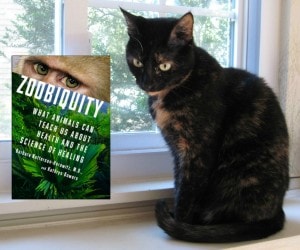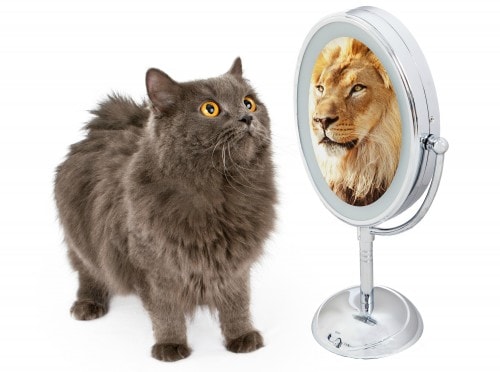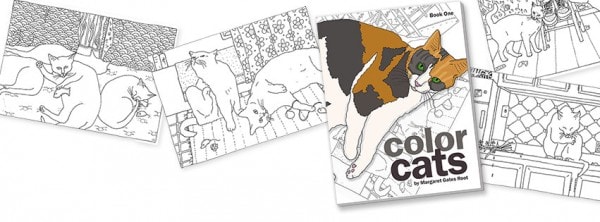I recently reviewed Dr. Michael Fox’s book Healing Animals and The Vision of One Health: Earth Care and Human Care, a fascinating vision of a world where the healing of animals, care for the earth, and a revolution of our food and health care systems all work together to create One Health, driven by an integrative and holistic approach. I have since become very interested in this concept of One Health, and as a result, I was intrigued when I came across Zoobiquity: What Animals Can Teach Us About Health and the Science of Healing by Barbara Hatterson-Horowitz, M.D. and Katherine Bowers.
Zoobiquity is a simple idea—animals and humans get the same diseases, yet physicians and veterinarians almost never talk to each other. Zoobiquity is a new approach to medicine that brings together human doctors and animal doctors to treat the diseases shared by patients of many species.
Dr. Hatterson-Horowitz has treated human patients at the UCLA Medical Center for twenty years. She is currently a cardiac consultant for the Los Angeles Zoo and a member of the Zoo’s Medical Advisory Board. During a consult for a tamarin monkey’s sick heart, she learned that wild animals can die of a form of cardiac arrest brought on by extreme stress, known as “capture myopathy.” She realized that this was almost identical to a syndrome known in human medicine, where patients present with all the signs of a classic heart attack, but medical tests will not find any of the usual signs such as blood clots or clogged arteries. The condition is known as Takotsubo cardiomyopathy, or broken heart syndrome, because it can be caused by stress such as the death of a loved one or a break-up.
The experience led Hatterson-Horowitz on a journey of discovery into the parallels between human and animal diseases, and it reshaped her entire view of medicine. Do animals get breast cancer, anxiety-induced fainting spells, sexually transmitted diseases? Do they suffer from diabetes, obsessive compulsive disorder, bulimia, addiction?
The book is a fascinating read, and, despite the topic, it is not dry or scientific, but reads more like a thriller than a non-fiction book. Okay, maybe you have to really be interested in the subject matter to feel this way, but I was thoroughly engrossed and found it hard to put down.
One example from the cat world presented in the book is overgrooming behavior in cats, also knows as psychogenic alopecia. This is a stress-related disorder, and can be classified as obsessive compulsive behavior. In extreme version, this can take the form of pulling out tufts of fur to the point of baldness and self-injury. Hatterson-Horowitz linked this behavior to cutting, a psychological disorder that involves cutting oneself to the point of bleeding.
The book covers topics such as the link between human and animal cancers, human and animal eating disoders, and human and animal infectious diseases. It concludes with a fascinating look at how one researcher first identified West Nile virus in the 1990’s because birds in her care at the Bronx Zoo were dying in droves.
I absolutely loved the conclusion of the book, and I’m not giving anything away by leaving you with this quote: “…the fate of our world’s health doesn’t depend solely on how we humans fare. Rather, it will be determined by how all the patients on the planet live, grow, get sick, and heal.”
This book was sent to me by the publisher. Receiving the complimentary copy did not influence my review.





These books inspire hope for every inhabitant on this planet. Changes outlined in both those book can’t come fast enough for me.
It’s encouraging to me that the concept of One Health appears to be a growing trend, Layla.
Thanks for the wonderful review. We’ll pass the info along to HH. She’ll probably want to read the book.
Have a great day.
hugs, Max, Bugsy, and Knuckles
I hope HH enjoys the book, Max.